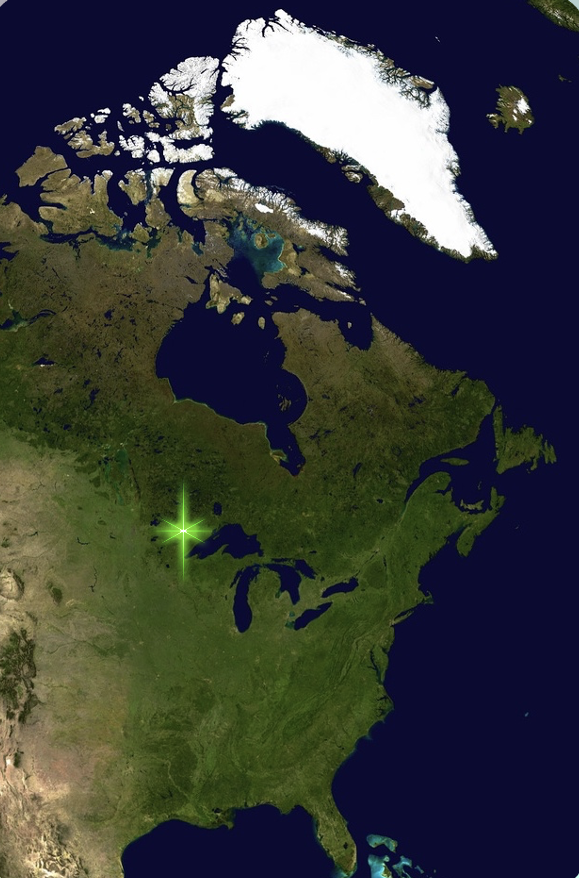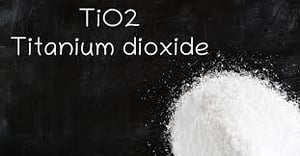Pulsar Helium Inc. (TSXV:PLSR) General Manager of Operations Michael Sturdy caught up with DirectorsTalk for an exclusive interview to discuss the new drill contract, using the same drill team, permitting, news flow, timescales, and whatthey hope to achieve in a success scenario
Q1: Michael, I see that you’ve just announced the signing of a new drill contract. Can you tell me when the drill programme will start and what the programme is?
A1: Pulsar Helium has recently signed a rig contract with the Capstar 314, this was a rig that we used in the previous programme last winter.
The drilling program is expected to commence in mid-December.
Q2: So, you’re using the same rig as earlier in the year. Do you see that as advantageous to use that same drill team?
A2: Absolutely, I see this as an advantage.
The crew worked in Minnesota last year so it’s the same rig and a number of the same crew will be returning. They’re familiar with Minnesota, they’re familiar with working with the Pulsar operations team and anytime you have that previous working relationship, you always have a much smoother and more efficient operation.
I will say that Capstar did perform extremely well in the previous operation, and we’re only hoping to build on that during this campaign.
Q3: Does that mean that you’re fully permitted now then?
A3: So that’s a two-part question.
The Jetstream #1 is fully permitted, all notifications are in place. The second well that we plan on drilling is a step-out well so all applications have been submitted for that particular project.
We expect full permitting and approvals to be granted in late November and this timeline is in accordance with the published guidelines from the local government units for approvals.
Q4: What can you tell me about the news flow that we can expect?
A4: Well, obviously, we’ll be announcing some of the key milestones, things such as the mobilising and spudding the first project. We would announce when the project has reached TD and data acquisition, and, of course, helium presence. I would say we’ll see that across both of the projects, the deepening as well as then the subsequent step-out well.
Further to that, as we process and interpret the data that’s acquired during the drilling, we’ll see further news flow down the track as that data is processed and interpreted.
Q5: How long do you think the drilling will take?
A5: The step-out or the deepening project, it’s going to be a much shorter timeframe because we’re going to re-enter the Jetstream #1. We’re looking at about a seven-day turnaround from initiating that project to acquiring the data and releasing the rig. At that point, actually, the crew will get sent home.
The step-out well is being done in a winter-only condition so there is some winter site prep that will occur, that will take about two to three weeks. Once that winter site prep is completed, the crew will return and then we will do the step-out well which we expect 14 to 20 days for that well.
So, with the crew expected to return mid-January, I think we’ll be fully wrapped up sometime in the first week of February.
Q6: During that period, I assume that you’ll keep the market updated with progress?
A6: Of course. This is the plan that the company has put forth and with the winter conditions and coordinating the rig, it’s a set path.
Q7: Can I just finish on the overall objective of the drill programme and what Pulsar Helium hopes to achieve in a success scenario?
A7: The primary objective of the programme is really to test some geophysical anomalies in the subsurface. These anomalies coincide, we believe, with fracture systems and as we showed during the drilling of the Jetstream #1, that the helium reservoir at Topaz is a fractured basement reservoir.
So, testing these fracture systems, that serves then to get to our objective of basically identifying a deeper helium system, as well as expanding the lateral extent of the known system that was proved during the Jetstream #1.








































